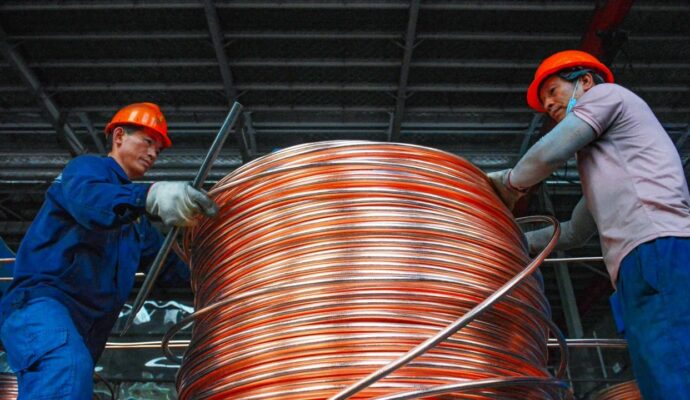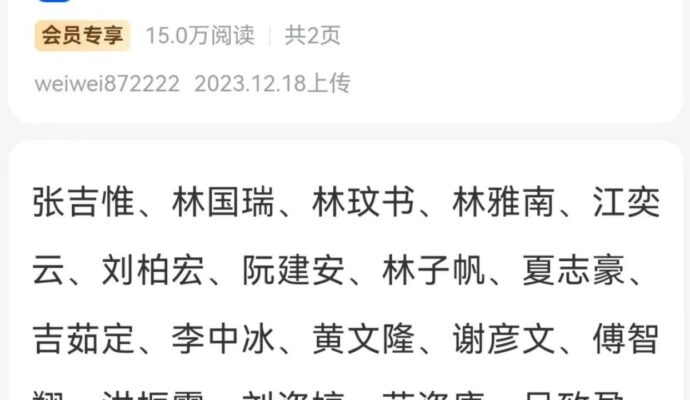China is now a top importer of the most widely traded crops globally: soybeans, vegetable oil, corn and sugar. With that, Beijing wields enormous influence in this space. Chinese demand has caused explosive growth in South American soybean production, leading Brazil to pass the United States as the world’s leading producer of soybeans and prompting Argentina to become the top exporter of soybean meal.
It is now vital to ascertain whether India can challenge China in this field. The confluence of four distinct factors suggests India’s trade trajectory will diverge in significant ways and that China’s standing is likely to remain unmatched for the foreseeable future.
The primary reason is tied to income. While age plays a partial role in the type and amount of food consumption, income levels are the most important driver of global demand for agricultural products.
A shipload of South African feed corn arrives at the Machong port in Dongguan, Guangdong province, on May 4. Photo: Xinhua
The ultimate deciding factor will be trade. India’s attitude towards trade is very different from China’s. India is prone to protectionism in all trade matters, particularly in the agricultural space. As a major producer and consumer of wheat and sugar, India has to manage the balance of these staple commodities through a complex web of domestic production subsidies, export and import quotas, tariffs and incentives.
As a democracy, it also places a larger emphasis on popular opinion in the decision-making process. Elected officials must not only seek to satisfy consumers who demand stable domestic prices but also cater to a large farming base that relies on higher commodity prices for income support. As a result of this dynamic, it is unlikely that India will commit to a fully fledged policy of agricultural imports.


